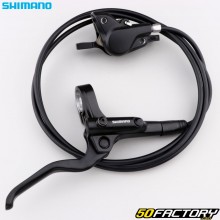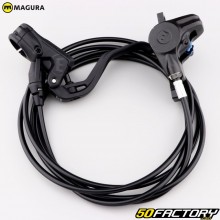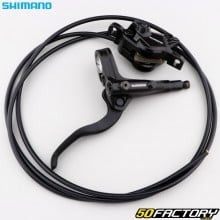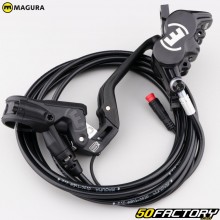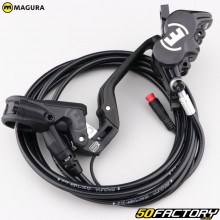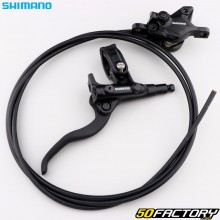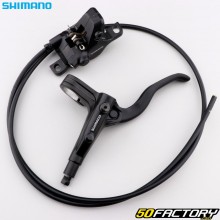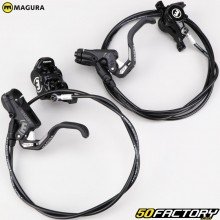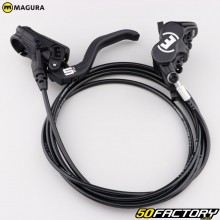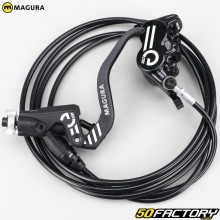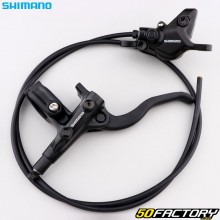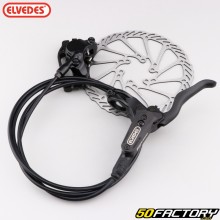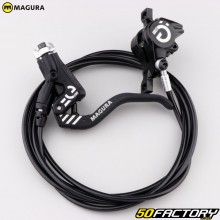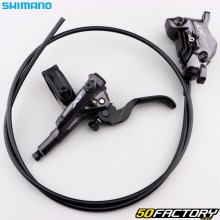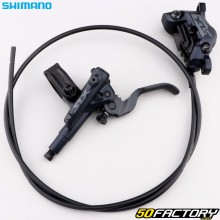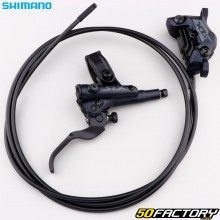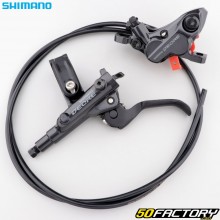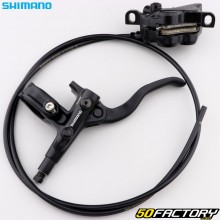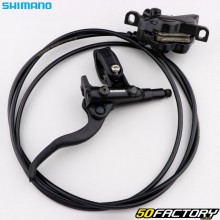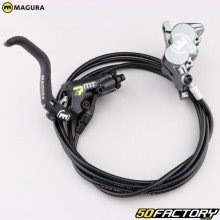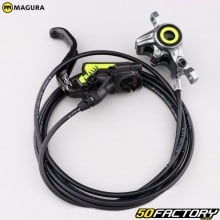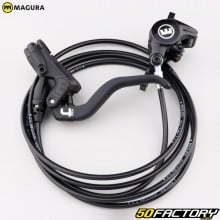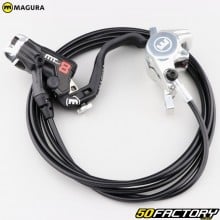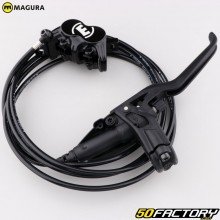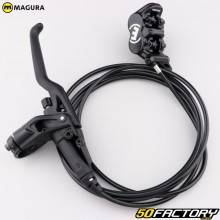 Complete brake
Complete brake
-
-
- IN STOCK53€80
- IN STOCK30€90
-
- IN STOCK35€90
-
- IN STOCK139€20
- IN STOCK139€20
- IN STOCK-16% 61,40 € 51€58
-
-
- IN STOCK109€80
- IN STOCK115€20
- IN STOCK-16% 61,40 € 51€58
- IN STOCK64€80
- IN STOCK64€80
- IN STOCK95€20
- IN STOCK126€00
- IN STOCK-16% 184,90 € 155€32
- IN STOCK-16% 184,90 € 155€32
- IN STOCK-16% 143,80 € 120€79
- IN STOCK-16% 143,80 € 120€79
- IN STOCK-16% 164,30 € 138€01
- IN STOCK-16% 164,30 € 138€01
- IN STOCK-16% 133,50 € 112€14
- IN STOCK-16% 133,50 € 112€14
- IN STOCK-16% 100,60 € 84€50
- IN STOCK-16% 100,60 € 84€50
- IN STOCK64€30
- IN STOCK219€30
- IN STOCK279€30
- IN STOCK89€20
- IN STOCK179€30
- IN STOCK279€30
- IN STOCK146€10
- IN STOCK146€10
- IN STOCK144€20
Understanding the complete brake for VTC TrekBooking
The importance of brakes
Full brakes are especially important for trekking. Trekking often involves varied terrain, steep descents, and changing weather conditions. A reliable braking system not only helps keep you safe, but also helps control your speed and maintain a smooth ride. Brake performance can mean the difference between an enjoyable ride and a dangerous experience.
Its operation
A complete brake for VTC trekking works by converting the force of your hand on the brake lever in one force braking system that slows or stops the bike. Disc brakes, par For example, use a caliper to squeeze brake pads against a rotating disc attached to the wheel. V-brakes, on the other hand, use V-shaped brake arms to apply pressure to the wheel rim. Each type of brake has its own advantages and disadvantages, and it is important to understand how they work to make an informed choice.
The different types of brakes
Disc brakes
Disc brakes are becoming increasingly popular for trekking bikes due to their stopping power and performance in various weather conditions. They come in two variants: mechanical disc brakes and hydraulic disc brakes. Hydraulic disc brakes offer better modulation and more consistent stopping power, but they are also more expensive and require more maintenance.
V-brakes
V-brakes, or rim brakes, are a popular choice for trekking bikes because of their simplicity and effectiveness. They are easy to maintain and adjust, and they offer good stopping power in dry conditions. However, their performance can diminish in the rain or mud, and they can wear out rims more quickly than disc brakes.
Drum brakes
Drum brakes are less common but offer excellent protection against the elements, such asar They are completely enclosed. They are durable and require little maintenance, making them ideal for long trekking tours. However, they can be heavier and less powerful than disc or V-brakes.
How to choose your complete brake
Depending on the type of terrain
The type of terrain you ride on most often should influence your choice of complete brake for your trekking VTC. For mountainous terrain with long descents, hydraulic disc brakes are recommended for their power and reliability. For flatter or urban terrain, V-brakes may be sufficient and are more economical.
Depending on the weight of the rider and the bike
The total weight of the rider and bike also plays a role in brake selection. A heavier rider or a bike loaded with luggage will need a more powerful braking system. Hydraulic disc brakes are often preferred in these situations for their ability to handle heavier loads.
Depending on the frequency of use
If you use your trekking bike extensively, invest in high-quality brakes that provide consistent durability and performance. Hydraulic disc brakes, while more expensive, are often a good choice for frequent users due to their longevity and low maintenance.
Installation
Steps to follow for installation
Installing a complete brake kit on a trekking VTC requires a few basic tools and a little know-how. Here are the main steps:
- Disassemble the old brakes and clean the brake brackets.
- Install the calipers or brake arms onto the frame and fork.
- Attach the brake levers to the handlebars and route the brake cables or hoses.
- Adjust cable tension or bleed the hydraulic system.
- Test the brakes to make sure they are working properly.
Tips and tricks for a successful installation
For a successful installation, make sure you have all the necessary tools on hand and follow the manufacturer's instructions. Take your time to adjust the brakes properly and test them before you go on your ride. If you are unsure of your skills, don't hesitate to call a professional.
Care and maintenance
How to maintain your brakes regularly
Regular maintenance is essential to maintain the performance of your brakes. Here are some tips:
- Inspect brake pads regularly and replace if worn.
- Check cables and hoses for wear or damage.
- Clean discs and rims to prevent dirt build-up.
- Bleed the hydraulic system at least once a day.ar
When and how to replace your brake kit
Replace your trekking VTC complete brake kit when you notice a decrease in braking performance, abnormal noises or visible signs of wear. Follow the same steps as for the initial installation and make sure to choose high-quality replacement parts.
Essential spare parts
Brake pads
Brake pads are essential for good braking performance. Choose pads that are suitable for your brake type and replace them regularly to avoid excessive wear on the discs or rims.
brake fluid
For hydraulic disc brakes, brake fluid is crucial. Always use the fluid recommended forar manufacturer and replace it periodically to maintain optimum performance.
Brake hoses
Brake hoses must be in good condition to ensure consistent braking pressure. Inspect them regularly and replace them if you notice any cracks or leaks.







